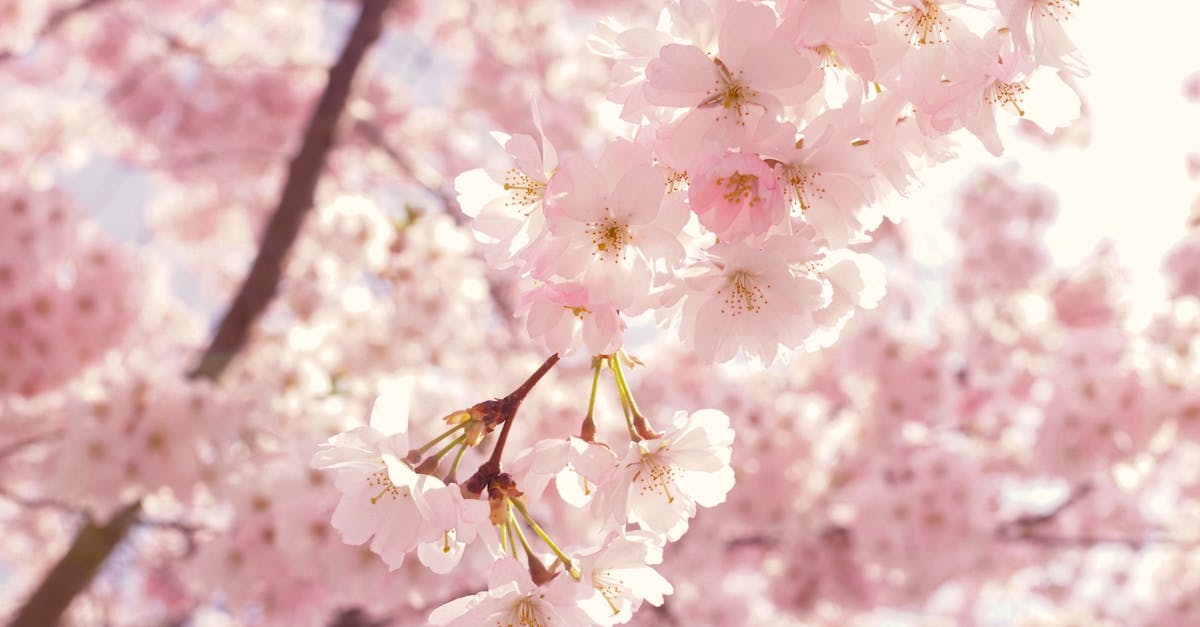Seasonal Shifts: When Does Spring Officially Begin?

The Equinox
The official start of spring is determined by the vernal equinox, which usually falls on March 20th or March 21st in the Northern Hemisphere. This is the day when the sun crosses the celestial equator, marking the beginning of longer days and warmer temperatures.
Meteorological vs. Astronomical Spring
There are two main ways to define the start of spring: meteorological and astronomical. Meteorological spring is based on the calendar months and divides the year into four seasons of three months each. In this system, spring always begins on March 1st and ends on May 31st.
Astronomical spring, on the other hand, is based on the position of the Earth in relation to the sun. This is why the vernal equinox is used to mark the start of the season. While meteorological spring is more useful for record-keeping and statistics, many people prefer to use the astronomical definition because it aligns more closely with the natural world.
Signs of Spring
As the days lengthen and temperatures rise, there are many signs that herald the arrival of spring. Flowers begin to bloom, trees bud, and birds return from their winter migrations. These natural cues, along with the official start of the season, make spring a time of renewal and rejuvenation.
Spring Traditions
Spring is a season that is celebrated in many cultures around the world. In Japan, the cherry blossom festival, or Hanami, is a time to appreciate the beauty of the blossoming trees. In the United States, the tradition of spring cleaning is a way to freshen up homes after a long winter.
Conclusion
Spring is a time of transition and renewal, marked by the vernal equinox and the return of life to the natural world. Whether you follow the meteorological or astronomical definition, the arrival of spring is always a welcome change after the cold months of winter.